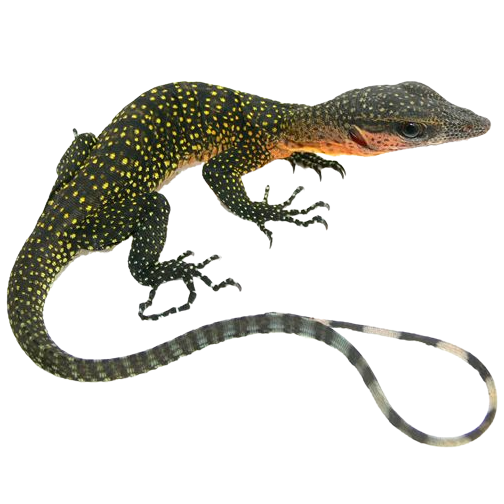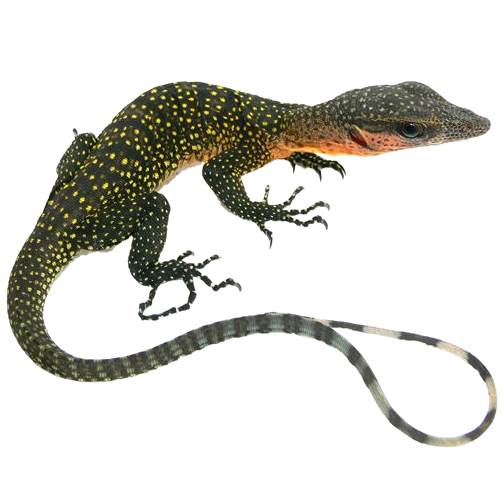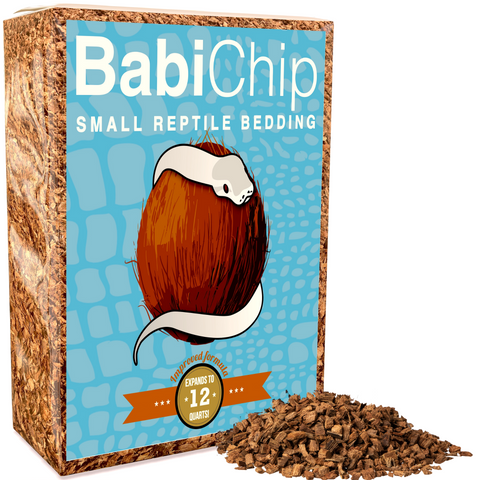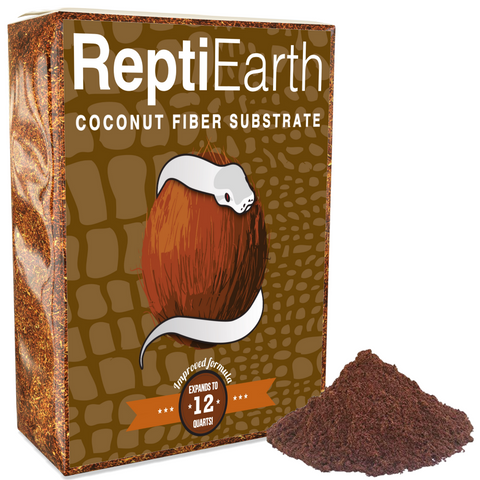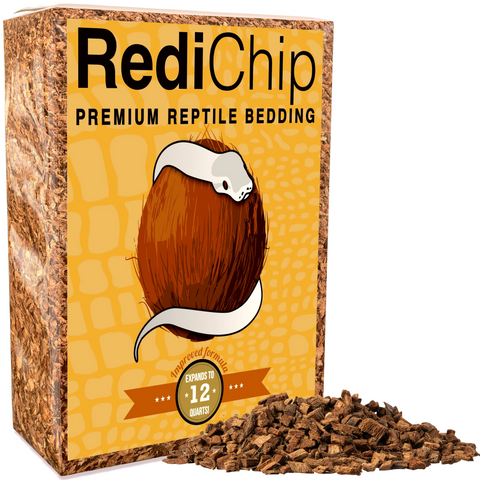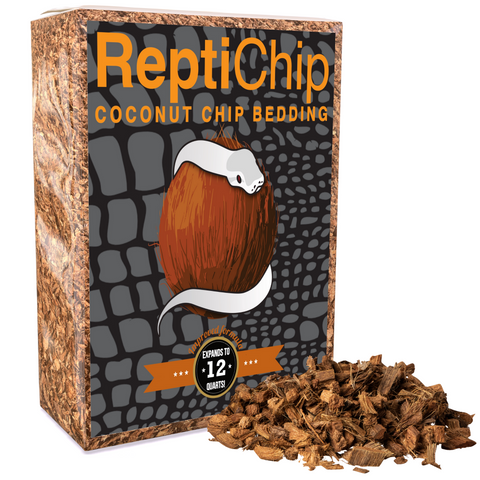ReptiChip provides an ideal environment for your blue-tailed monitor by balancing cleanliness, comfort, and humidity. It's excellent for moisture retention, which is crucial for the well-being of many reptiles and amphibians. The substrate is also low in sodium and potassium, reducing the risk of mineral buildup that could harm your blue-tailed monitor .

